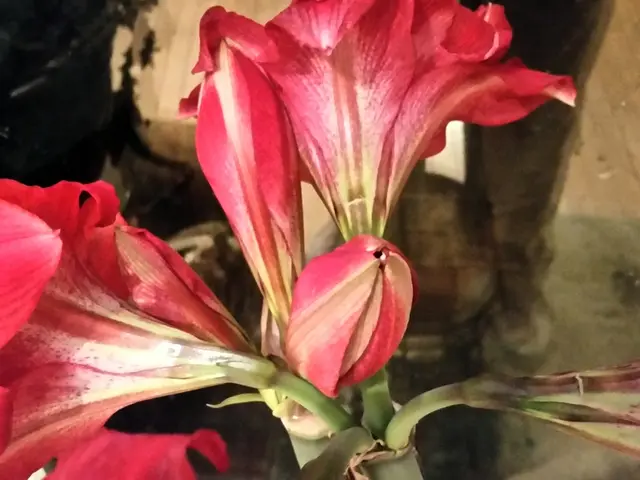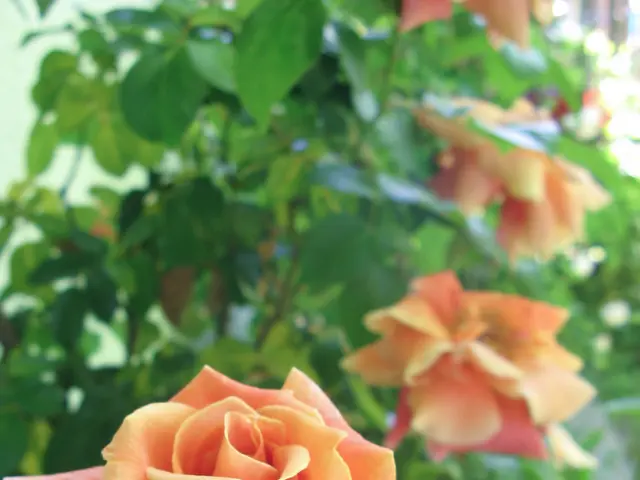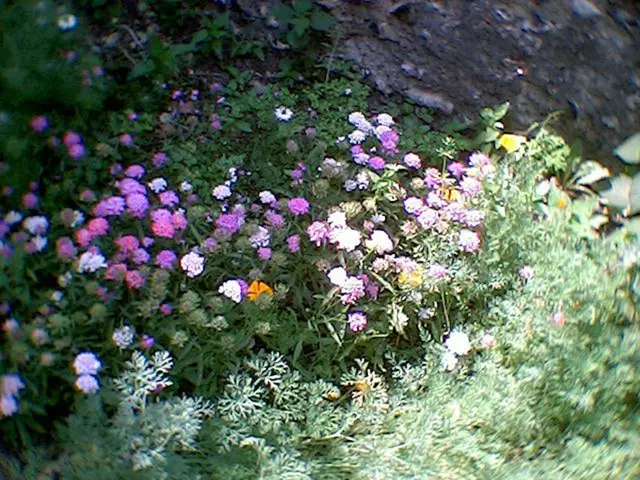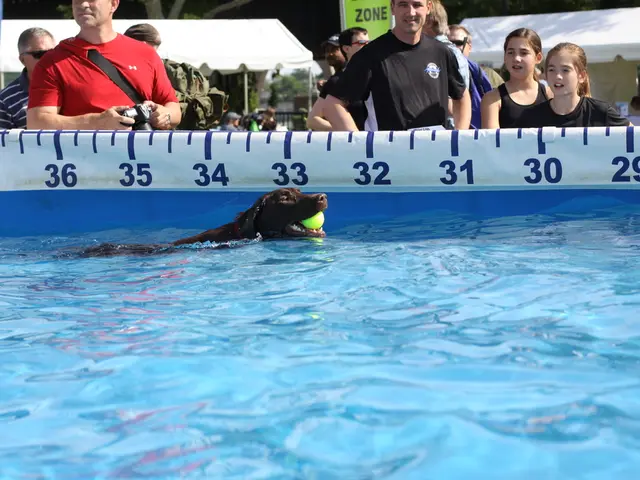Successfully Multiplying Monstera Plants: Steps to Ensure Successful Propagation
Hella' Monstera plants, dude! The fan-frickin'-tastic one is the Monstera deliciosa, known as the "Swiss cheese" plant because it's got radical, hulking green leaves with sweet, dappled holes, man. If you're already rockin' a Monstera or wanna add to your collection, you can propagate it like a motherfrickin' pro, no biggie. But let's not mess this up, alright? We talked to the brilliant Nathan Heinrich, a horticulturist and botanical designer, to get the lowdown on propagating these bad boys.
Get Your Cuttings Ready to Propagate Monstera Plants
So, you can either water root or use rooting medium. Whatever you choose, prep the cuttings the same way. Here's the dealio:
Step 1: Pick a Hearty Plant
According to Heinrich, starts with a healthy Monstera with sturdy stems and vibrant green leaves. If your plant's weak or have insects or diseases, your new plants'll be too. Check your plant, and if it ain't lookin' great, heal it first, bro.
Step 2: Choose the Right Spot to Dice
Select a chunk of the stem to remove from the mother plant. Go for an amount that won't leave it lookin' busted or weak. You should ideally have at least three leaves left on the mother plant after pruning.
Step 3: Make Your Cut
To make a successful cutting, it needs at least one leaf node. These are where leaves grow or can grow from, found as slight bumps on the stem or leaf scars. From each cutting, roots, stems, and leaves will emerge. Get at least two nodes per cutting – the bottom node that'll grow roots, and the top node that'll produce new leaves and stems. You should have a leaf growing from your cuttings and possibly air roots too. Cut half an inch below the bottom node or air root, and half an inch above the top leaf node, without damaging the dormant bud.
Propagate Monstera Plants in Water
Hey, dudes! Propagating in water's super easy. Follow these badass steps to get it right:
Step 1: Place Your Cuttings in Water
Pop your prepped cuttings into a badass watertight container of your preference. Throw it in a sunny spot at home, but keep it away from a scorchin' hot window.
Step 2: Clean the Water
If you go for a clear glass vessel, you might get some annoying algae buildin' up. To combat this, put your cuttings in an opaque container or remove the algae by cleanin' the water periodically.
Step 3: Move the Cutting to Soil
Once your cutting's got some roots that are at least two inches long, you can transfer it to a pot with potting soil. Be careful, because roots are fragile, and easy to break. Stake the cutting with a bamboo stake, and keep the soil well-moistened as the roots transition from water to soil.
Propagate Monstera Plants Using Root Medium
Another common way to propagate Monstera is using root medium. The advantage? It lowers the risk of root rot. Here's how it's done:
Step 1: Prep Your Container
Fill a container with drainage holes with your rooting medium like sphagnum moss, a perlite mix, or aerated potting soil.
Step 2: Place the Cuttings in the Pot
Put your prepped cuttings into the root medium, allowing them to root with air roots if possible. Keep the rooting medium moist but not soggy, bro.
Step 3: Transplant into a Larger Container
Once your Monstera cuttings have rooted well, they can be transplanted into a bigger container with high-quality potting soil. They usually take two to four weeks to develop healthy roots.
As for watering these tropical freakin' plants, give the soil a chance to dry out just a wee bit between waterings, and then place them in a spot with lots of indirect light.
Frequently Asked Questions
- When's the best time to propagate Monstera plants? Propagate 'em during spring and summer when they're most active. You can also propagate at any time, but it might take longer for the cuttings to develop new roots.
- Does cutting Monstera encourage growth? It sure does! Proper pruning encourages the plant to redirect its energy towards new growth and make it busher. However, avoid over-pruning because it could stunt growth and make the plant more vulnerable to pests.
- Is Monstera deliciosa toxic to pets? Hell yeah, man! This plant's toxic to cats and dogs because it's filled with insoluble calcium oxalates. If your pets eat it, they could experience intense burning and irritation of the mouth, lips, and tongue, excessive drooling, difficulty swallowing, and vomiting. So, if you got pets, skip this plant and find one that's safer for them.
- A horticulturist and botanical designer, Nathan Heinrich, suggests starting Monstera plant propagation with a healthy plant, as it directly impacts the health of new plants.
- When selecting a chunk of stem to remove for propagation, aim for a portion that won't weaken the mother Monstera, ideally with at least three leaves remaining.
- To make a successful cutting, it should have at least one leaf node, where new growth can occur, found as slightly raised bumps on the stem or leaf scars.
- In water propagation, place the prepared cuttings in a watertight container and position it in a sunny spot, avoiding direct exposure to a hot window to prevent algae growth.
- After the cuttings develop roots at least two inches long in water, transfer them to a pot filled with potting soil and stake them for support while the roots transition from water to soil.
- Alternatively, propagate Monstera using rooting medium like sphagnum moss or a perlite mix, maintaining the medium moist but not soggy. Once the cuttings have well-established roots, transplant them into a bigger container with high-quality potting soil.








